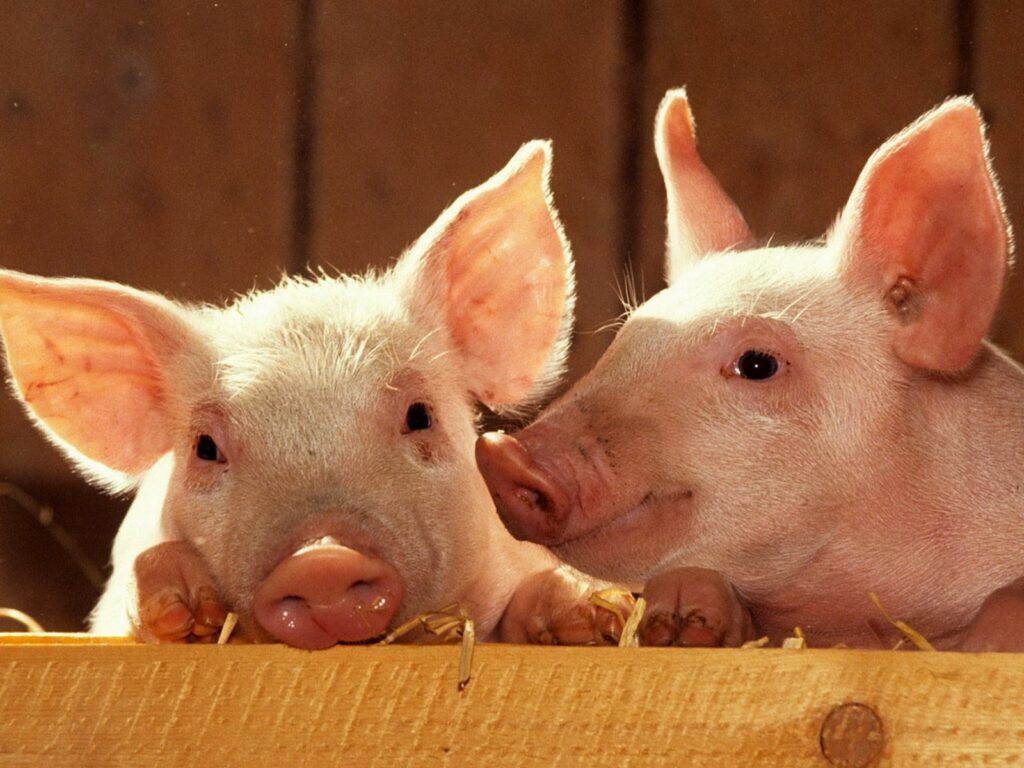The ASF outbreak in Springbok in the Northern Cape is something of the past and is regarded as an isolated incidence. The risk of the disease spreading from the farm is extremely low, says Dr Peter Evans, responsible for SAPPO’s health matters. “Disappointingly, there seems to be a source of ASF in the greater Kimberley/Barkly West region, which we have not yet traced yet.”
Some studies indicate that surviving pigs could potentially shed the ASF virus for less than 30 days. These pigs would develop antibodies, which last for a long time (three years). All the serology done in the area of previous outbreaks have been negative to serology, indicating that short-term carrier pigs are an unlikely source. A more plausible option is that infectious material is the most likely source, Dr Evans said.
“Scientific research reports indicate that ASF can survive in faeces for several days, and in blood and meat products, especially if it is stored at fridge temperatures for five months. ASF will survive in carcasses of dead pigs for several days, depending on ambient temperature and obviously in swill.
“Movement of ASF infected material on vehicles, boots and equipment is a reality. In eastern Europe it is regarded as one of the major reasons that ASF is spreading. Biosecurity is there often not ideal. The other source, which occurs in the ASF control zone, is soft ticks (tampans), which feed primarily on warthogs. As part of our previous outbreak surveillance, was the collection of tampans to establish whether they have become infected outside of the ASF control zone. This will need to be repeated.
“There are also reports of blood sucking insects (mosquitoes, stable flies) that are able to transmit the disease for short periods of time. They bite pigs and transmit the disease to uninfected pigs within a short period, less than 24hrs,” Dr Evans said.
The South African Pork Producers’ Organisation (SAPPO) coordinates industry interventions and collaboratively manages risks in the value chain to enable the sustainability and profitability of pork producers in South Africa.
















